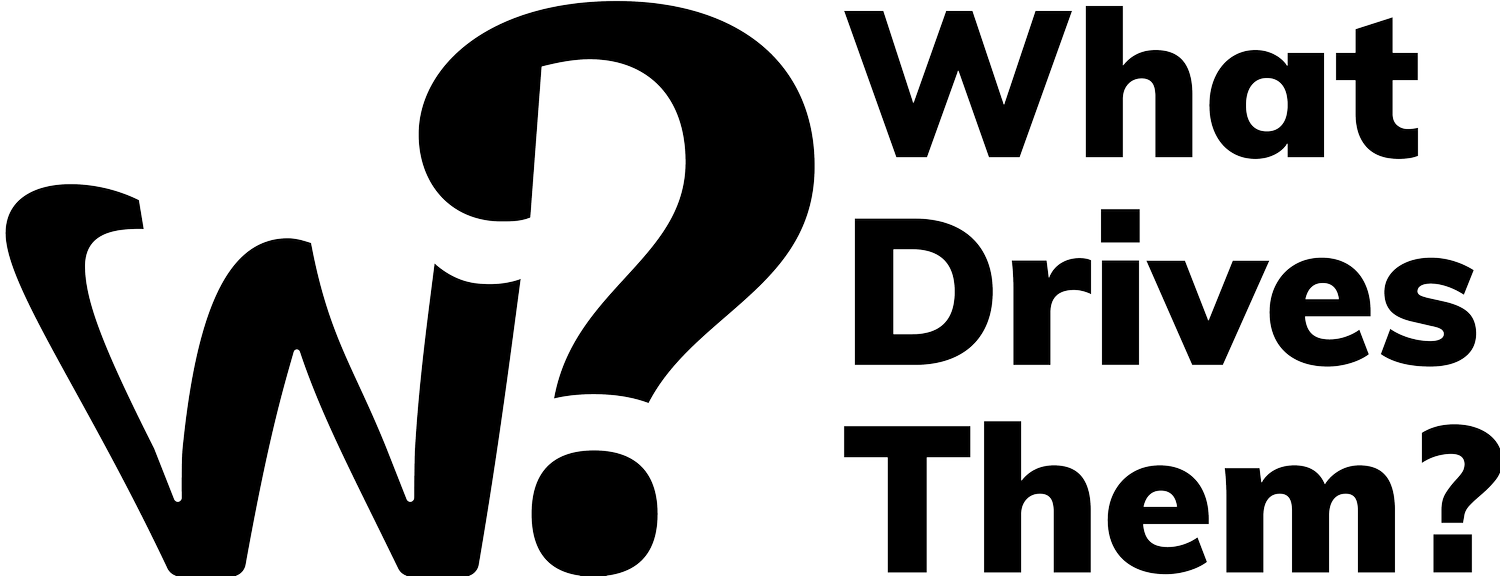Implementing Behavioral Design Strategies in Marketing
In the realm of marketing, understanding consumer behavior is paramount.
Yet, consumers often act in ways that seem irrational.
Enter behavioral design. This discipline, at the intersection of psychology and marketing, offers a powerful lens to understand and influence consumer behavior.
Image by Krisztian Tabori (https://unsplash.com/@ktabori)
Behavioral design strategies can help marketers create products and campaigns that resonate deeply with their target audience. They can nudge consumers towards desired actions, reducing the risk in decision making.
Moreover, these strategies can be seamlessly blended into existing marketing processes. This integration can provide businesses with a competitive, even unfair, advantage.
In this article, we delve into the world of behavioral design in marketing. We explore its principles, its application, and its potential to transform marketing strategies.
Whether you're a seasoned marketer or a curious entrepreneur, this exploration will equip you with insights to make your marketing efforts more effective and customer-centric.
The Essence of Behavioral Design in Marketing
Behavioral design is a multidisciplinary field. It draws from psychology, neuroscience, and economics to understand and influence human behavior.
In marketing, behavioral design is a powerful tool. It helps marketers understand why consumers make certain decisions and how to influence those decisions.
The goal is not manipulation, but rather, creating products and services that genuinely meet consumer needs. Behavioral design can help marketers create offerings that are not only attractive but also habit-forming.
This approach goes beyond traditional marketing strategies. It delves into the subconscious drivers of consumer behavior, offering a deeper understanding of what truly motivates consumers.
By leveraging behavioral design, marketers can create more effective campaigns and products. They can also foster stronger, more meaningful relationships with their customers.
Understanding Consumer Psychology and Habits
Consumer psychology is at the heart of behavioral design. It's about understanding the mental processes that drive consumer behavior.
These processes are often subconscious. They are influenced by a myriad of factors, from personal beliefs and experiences to societal norms and expectations.
Understanding these processes can help marketers design products and campaigns that align with consumer habits. This alignment can lead to increased customer satisfaction and loyalty.
The Power of Nudges in Consumer Decision Making
"Nudge" is a concept in behavioral design that refers to subtle changes that can influence consumer behavior.
These nudges are not forceful or coercive. Instead, they gently guide consumers towards a desired action, making it easier for them to make decisions that align with their goals.
Nudges can be incredibly powerful in marketing. They can help reduce the risk in decision making, leading to increased consumer confidence and satisfaction.
Integrating Behavioral Design into Marketing Processes
Behavioral design is not a standalone strategy. It's a lens through which marketers can view and enhance their existing processes.
By integrating behavioral design, marketers can create more effective and impactful campaigns. They can also better understand and respond to consumer needs and preferences.
This integration requires a deep understanding of both marketing and behavioral science. It also requires a willingness to experiment and iterate, as behavioral design is not a one-size-fits-all solution.
However, when done right, the integration of behavioral design can lead to significant improvements in marketing outcomes. It can help marketers create more engaging, persuasive, and customer-centric campaigns.
Blending Behavioral Strategies with Existing Marketing Efforts
Blending behavioral strategies with existing marketing efforts can be a powerful approach. It allows marketers to leverage the strengths of both disciplines to create more effective campaigns.
This blending process involves identifying the behavioral insights that are most relevant to a particular marketing challenge. Then, these insights are integrated into the marketing strategy, informing everything from product design to messaging.
The result is a marketing strategy that is not only more effective but also more aligned with consumer needs and preferences.
Reducing Risk and Irrationality in Consumer Choices
One of the key benefits of behavioral design is its ability to reduce risk and irrationality in consumer choices.
By understanding the cognitive biases and heuristics that influence consumer behavior, marketers can design interventions that help consumers make better decisions.
These interventions can range from simple nudges to more complex behavioral design strategies. Regardless of the approach, the goal is the same: to help consumers make decisions that are in their best interest.
Leveraging Behavioral Design for Competitive Advantage
Behavioral design can provide a significant competitive advantage. It allows companies to better understand and influence consumer behavior, leading to more effective marketing strategies.
By leveraging behavioral design, companies can create more engaging and persuasive marketing campaigns. They can also develop products and services that better meet consumer needs and preferences.
Moreover, behavioral design can help companies differentiate themselves in a crowded marketplace. By understanding and responding to consumer behavior in a more nuanced way, companies can create unique value propositions that set them apart from their competitors.
In short, behavioral design is a powerful tool for gaining a competitive advantage. It allows companies to create more value for their customers, leading to increased loyalty and market share.
Creating Unfair Advantages through Customer Centricity
Customer centricity is at the heart of behavioral design. By focusing on the needs and preferences of the customer, companies can create products and services that are more appealing and valuable.
This customer-centric approach can create an unfair advantage in the marketplace. It allows companies to better meet the needs of their customers, leading to increased loyalty and market share.
In short, customer centricity, when combined with behavioral design, can create a powerful competitive advantage. It allows companies to create more value for their customers, leading to increased loyalty and market share.
Case Studies: Behavioral Design Success Stories
There are many examples of companies successfully leveraging behavioral design. These case studies provide valuable insights into the power and potential of this approach.
For instance, companies like Amazon and Netflix have used behavioral design to create highly personalized and engaging customer experiences. They use data and behavioral insights to recommend products and content that are tailored to each customer's preferences.
Similarly, companies like Google and Facebook have used behavioral design to create habit-forming products. They use techniques like variable rewards and social proof to keep users engaged and coming back for more.
These case studies demonstrate the power of behavioral design. They show how it can be used to create more effective marketing strategies, more engaging customer experiences, and more successful products and services.
Ethical Considerations and the Future of Behavioral Design in Marketing
While behavioral design holds immense potential, it also raises important ethical considerations. The power to influence consumer behavior comes with a responsibility to use this power ethically and responsibly.
Companies must be transparent about their use of behavioral design techniques. They must also ensure that these techniques are used to enhance, not exploit, the consumer experience.
Moreover, companies must be mindful of the potential for backlash. Consumers are becoming increasingly aware of and resistant to overt manipulation, making ethical integrity more important than ever.
Maintaining Ethical Integrity While Influencing Behavior
Maintaining ethical integrity is crucial when using behavioral design. Companies must be transparent about their use of these techniques and ensure they are used to enhance, not exploit, the consumer experience.
Moreover, companies must respect consumer autonomy. While behavioral design can influence consumer behavior, it should not be used to coerce or manipulate consumers into making decisions against their best interests.
Predicting the Trajectory of Behavioral Design Techniques
Looking ahead, behavioral design is likely to play an increasingly important role in marketing. As companies gain access to more data and more sophisticated analytics tools, they will be able to understand and influence consumer behavior in more nuanced and effective ways.
However, the future of behavioral design will also be shaped by ethical considerations. As consumers become more aware of these techniques, companies will need to be more transparent and responsible in their use.
In short, the future of behavioral design in marketing is promising, but it will require a careful balance of power, responsibility, and ethical integrity.
Conclusion: Embracing Behavioral Design for Marketing Excellence
In conclusion, behavioral design offers a powerful tool for marketers. It provides a deep understanding of consumer behavior and offers strategies to influence it. By integrating behavioral design into their marketing efforts, companies can create more effective campaigns, build stronger customer relationships, and gain a competitive edge.
However, the power of behavioral design comes with a responsibility to use it ethically. As we move forward, companies must strive to balance the potential of behavioral design with the need for transparency, respect for consumer autonomy, and ethical integrity. The future of marketing excellence lies in this balance.
If you like this you might be interested in our Consumer Psychology and Behaviour Design course.

